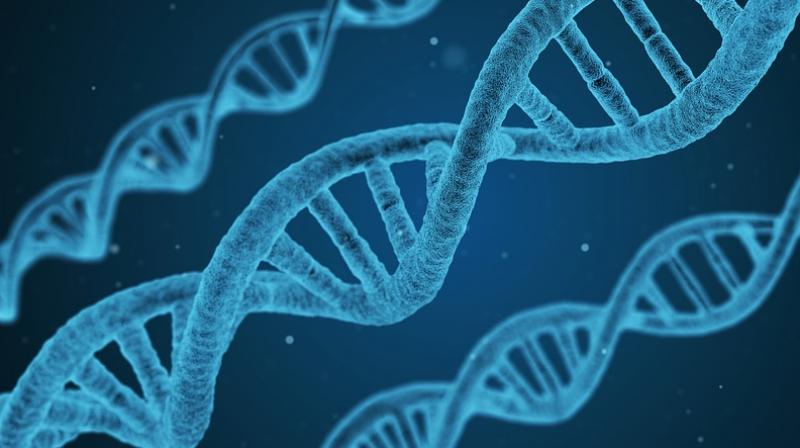Breakthroughs bring gene-editing therapies into view

Paris: Two teams of scientists on Wednesday unveiled a new generation of programmable molecular machines that can seamlessly repair tiny but deadly errors in the genetic coding of living organisms.
Taken together, the technologies expand the reach and precision of gene-editing, and open a path to fixing mutations that cause genetic blindness, sickle-cell anaemia, cystic fibrosis, and thousands of other debilitating diseases.
One approach, called base editing, performs "chemical surgery" directly on DNA, permanently altering faulty segments without cutting into the genome's ladder-like structure.
The second technique corrects errors in another type of genetic material called RNA, where anomalies can also ruin health or lead to death.
The tools -- along with experiments on diseased human cells to show that they work -- were described in studies simultaneously published in the journals Nature and Science.
"A tremendous amount of work is still needed before these molecular machines can be used to treat human disease in patients," said Harvard University's David Liu, who led the base editing teams.
"But having a machine is an important starting point," he said ahead of publication.
DNA provides individual cells with detailed instructions on how to perform their specialised task.
The four chemical building blocks of DNA, called bases, are represented by the letters A, T, G and C, and always strung together in pairs -- "A" with "T", and "G" with "C".
Tricking the cell
"Each of us carries two sets of three billion base pairs of DNA in almost all our cells, one from Mom and one from Dad," said Liu.
All it takes is one pair in the wrong place -- a genetic mutation -- for things to go horribly wrong.
Another gene-editing tool already in wide use called CRISPR-cas9 cuts the DNA strand, typically to insert or delete a DNA base pair.
But Liu's editing technique makes changes without breaking the DNA's spiralling chain.
"CRISPR-cas9 is like molecular scissors, while base editors are like pencils," Liu explained, insisting that each was suited to different uses.
In a breakthrough last year, Liu's team showed how to swap a C-G for a T-A base pair.
Laboratories around the world successfully used the technique to fix so-called "point mutations" in organisms ranging from bacteria and corn to mice and human embryos.
But only about 15 percent of point mutations in humans known to be linked with disease can be fixed this way.
Until now.
The new tool -- dubbed "ABE" for Adenine Base Editor -- cleverly coaxes an A-T base pair into a G-C base pair, repairing "a class of mutation that accounts for about half of the 32,000 known pathogenic point mutations in humans", Liu said.
'Incredibly powerful'
Because no enzyme exists in Nature that will turn an "A" base into a "C" -- the key step in the "repeal and replace" manoeuver -- the scientists had to create one, a feat they had never attempted.
Not only did the procedure have a much higher success rate than other gene-editing techniques, there were virtually no side-effects, such as unwanted DNA duplications or deletions.
To prove its therapeutic potential, the scientists in the lab isolated a cell from a patient suffering from hereditary haemochromatosis (HHC), a crippling disease caused by excessive iron buildup and treated by bleeding patients.
ABE permanently corrected the mutation, showing -- in principle -- how it might one day work.
Scientists not involved in the research hailed its potential.
"The ability to now directly alter all four base-pairs with such specificity adds more ammunition to the genome editing artillery," said Helen O'Neill, programme director for Reproductive Science and Women's Health at University College London.
"It will be incredibly powerful in the research of diseases and future restoration of disease-causing mutations."
In the Science study, a team led by Feng Zhang at MIT -- who pioneered the use of CRISPR-cas9 -- described a new system for pinpoint changes in RNA.
Unlike base editing, the changes are not permanent, which in some cases may be an advantage.

